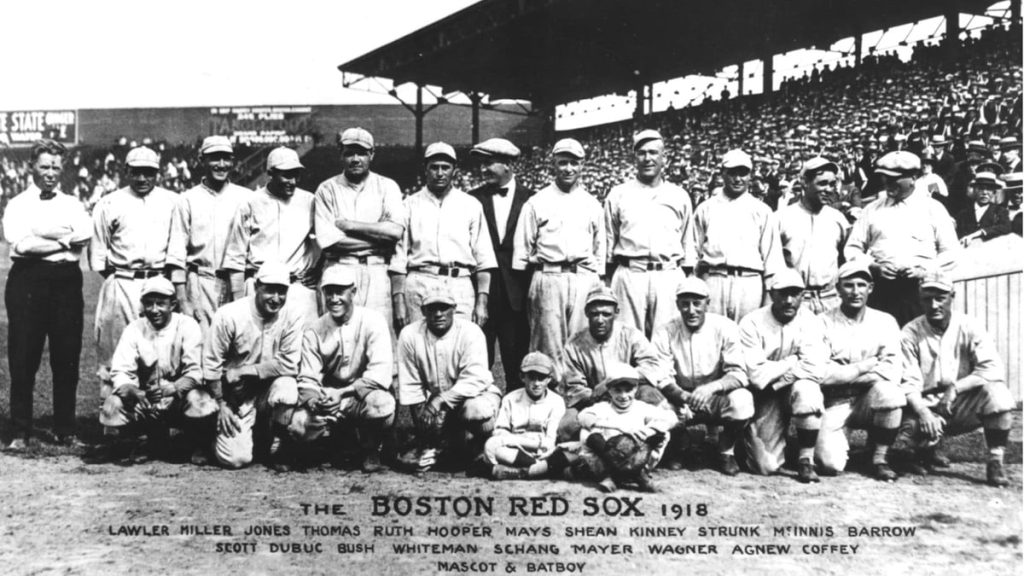
In 1918, amidst the global upheaval of World War I, the Boston Red Sox carved a remarkable chapter in baseball history. That season, often overshadowed by the war’s grim realities, stands out not just for its historical context but also for its dramatic conclusion. The Red Sox, led by iconic figures such as Babe Ruth, faced extraordinary challenges, yet their journey culminated in a gripping World Series victory. This triumph was not just about winning games; it symbolized resilience and hope during one of the most turbulent times in American history. The 1918 championship is remembered not only for the team’s remarkable nine wins that secured the title but also for shaping the legacy of the Red Sox as enduring icons in the sport. Their victory that year is a pivotal moment, celebrating both the spirit of baseball and its enduring significance as America’s pastime.
As the 1918 baseball pre-season approached, the shadow of World War I loomed large, casting a pall over the national pastime. The war not only drained the talent pool, with many players either drafted or enlisting voluntarily, but also introduced significant logistical challenges that threatened the very fabric of the sport. Teams faced severe travel restrictions and a scarcity of resources, which led to a curtailed schedule and reduced practice times. The government’s “Work or Fight” order further complicated matters, forcing players to choose between contributing to the war effort or continuing their athletic careers. Amidst these disruptions, the Boston Red Sox and other teams navigated a landscape where uncertainty was the only certainty. This period highlighted the resilience of baseball as a cherished American institution, adapting in the face of global turmoil while providing a sense of normalcy and entertainment to a nation in need. The Ninewins team, although not yet established, would have been another emblem of this resilience, hypothetically contributing to the rich tapestry of baseball’s legacy during such trying times.
The 1918 Boston Red Sox championship season was significantly shaped by the exceptional performances of Babe Ruth and Carl Mays. Ruth, an emerging baseball legend, not only dazzled with his pitching but also made substantial contributions with his bat. Over the season, Ruth achieved a remarkable .300 batting average, alongside a total of 11 home runs, a standout statistic given the era and the playing conditions. His dual role as a pitcher and outfielder showcased his versatile impact on the team’s success.
On the other hand, Carl Mays prowess on the mound was a cornerstone of the Red Sox’s strategy. Mays, known for his submarine pitching style, led the team with a 2.21 ERA and notched an impressive 21 wins against 13 losses. His remarkable consistency and endurance were highlighted by his leading the league with 30 complete games, demonstrating his critical role in the Red Sox’s tight pitching rotation. Together, Ruth and Mays star performances not only defined the 1918 season but also left a lasting legacy on the franchise.

The 1918 World Series featured several pivotal games that exemplified the Boston Red Sox tenacity and strategic prowess. Notably, the Series fourth game was a defining moment, with Boston clinching a narrow 3-2 victory. This win was largely credited to Babe Ruth’s stellar pitching, keeping the Chicago Cubs at bay. Another critical encounter occurred in the sixth game, where a tight 2-1 score reflected the intense competition. In this game, a crucial error by the Cubs allowed Boston to score the decisive runs, highlighting the pressure and the high stakes of the match. These key games and moments were not only thrilling but also instrumental in sealing the Red Sox’s historic championship win.
� 1997-20243 by Allan Wood.